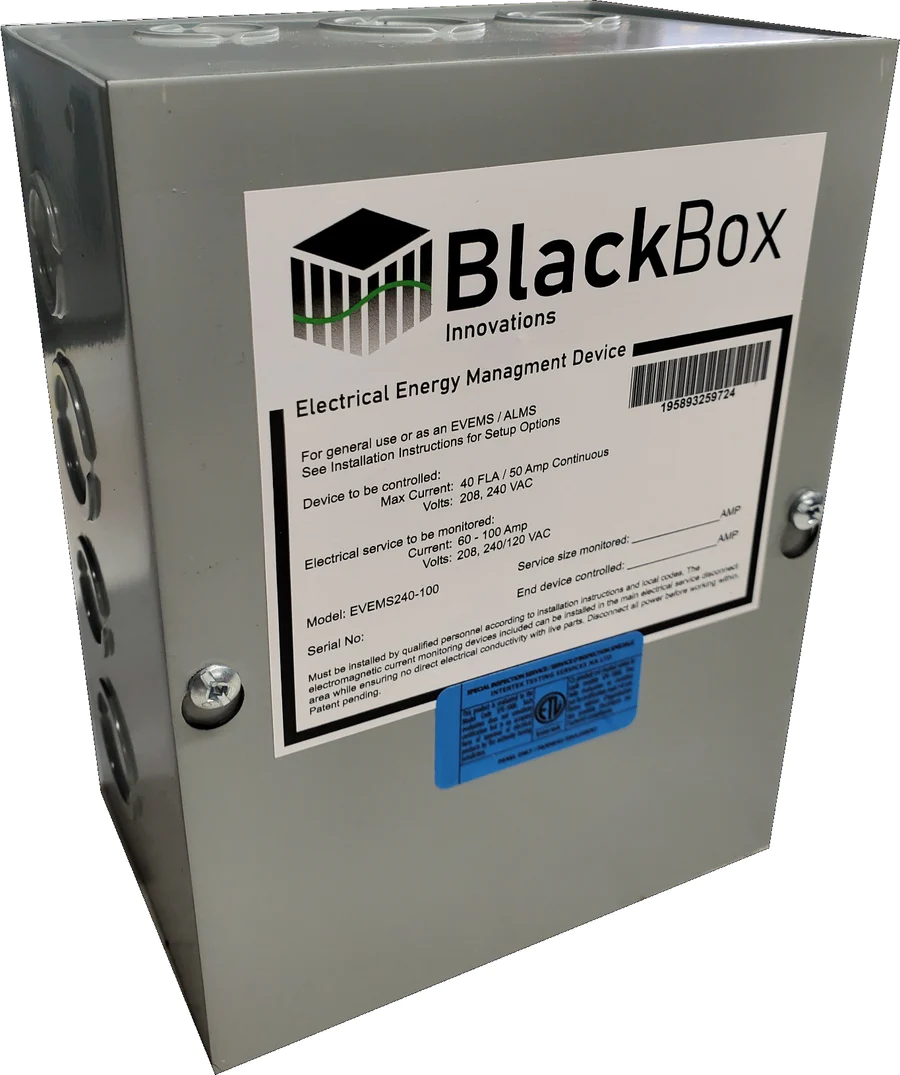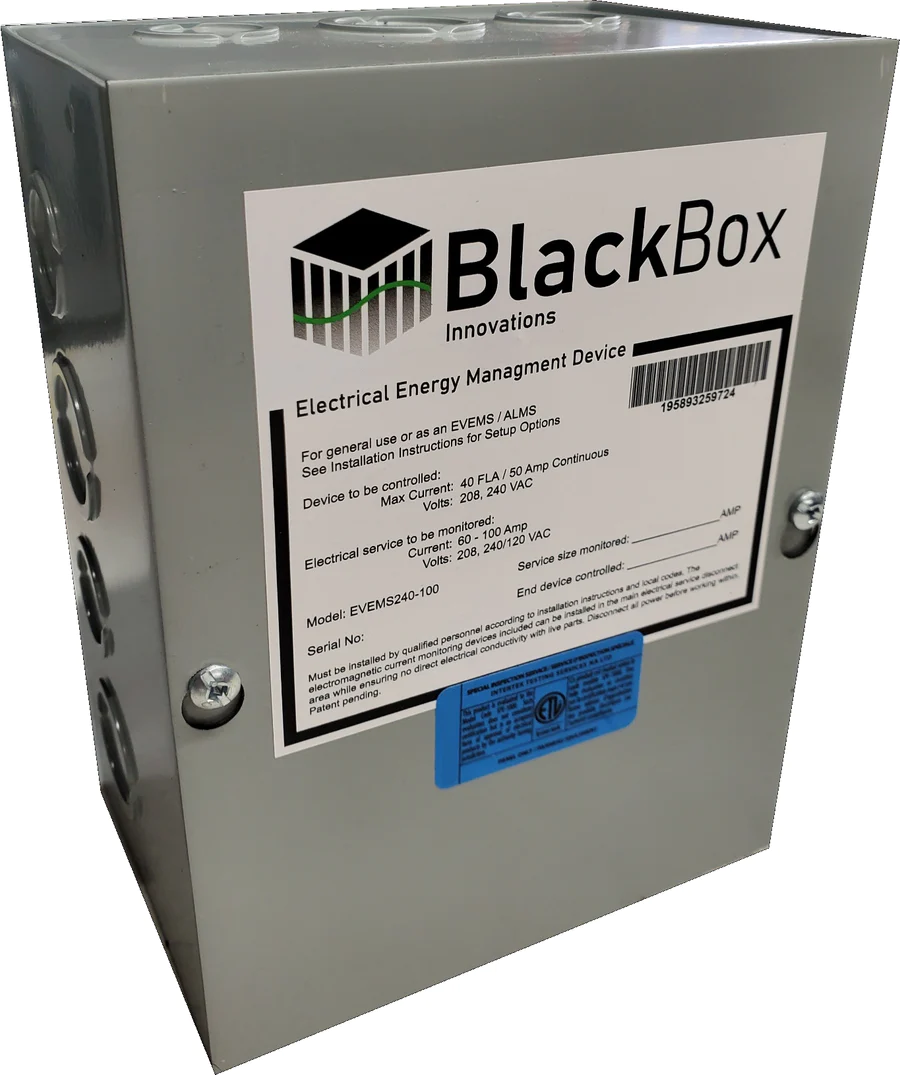ELECTRIC VEHICLE MANAGEMENT SYSTEM
SAY GOODBYE TO RANGE ANXIETY AND HELLO TO THE OPEN ROAD!
Maximize your savings with a home EV charging station.
Purchasing an electric vehicle is a great way to save money long-term on fuel, maintenance and repairs, all while leaving a smaller environmental footprint and limiting your Co2.
However, installing an electric vehicle charging station at home is one of the costliest parts of electric vehicle ownership. You’ll want at least a Level 2 charger with 240-volt circuits for your electric vehicle to charge quickly and efficiently. These EV chargers range from $1,000 to $4,500, including parts and labour. That assumes that your home has the correct capacity at its electrical panel to support an EV Level 2 or Level 3 charger properly.
Older homes, and even newer ones in Canada, may not have 240-volt circuits available. That means you’ll need to hire an electrician to upgrade your home electrical system. Costs associated with this work can range from a few thousand dollars to tens of thousands of dollars.
WHAT IS THE DIFFERENCE BETWEEN A LEVEL 1, LEVEL 2, AND LEVEL 3 EV CHARGER?
There are three primary types of electric vehicle chargers, each with their own requirements and limitations. Depending on what type of electric vehicle you own, and what your driving patterns look like, you will need at least a Level 2 or 3 EV charger.
-
Most common and often provided by your EV manufacturer
Plugs into your standard household outlet (120 volts)
Charges around 4km per hour
Can take days to fill an empty battery, ideal for infrequent drivers
-
Second most common and the same as what are at public charging stations
Runs on 240 volts of power
Charges around 40km per hour
Can fill up overnight, perfect for busy families or employees who depend on their vehicles for work
-
Becoming increasingly popular, especially along highways
Charges around 80km in ten minutes or around 500km per hour
Can potentially fill up your electric vehicle battery in less than half an hour
What’s the most cost-effective way to install a home EV charging system?
Regardless of what type of home electrical panel you have or your home’s age, you can bypass expensive installation costs with an electric vehicle management system or with an electric vehicle automatic load management system. Both of these options can provide you with the electric vehicle charging capabilities you need at a cost you can love.
According to a study by CSA Group, existing buildings have a fixed capacity following design requirements at the time of construction, which do not include support for EV charging. The majority of existing buildings have insufficient capacity to accommodate the electrical load of uncontrolled EV charging. Electric vehicle energy management systems (EVEMS) represent an opportunity to maximize the usage efficiency of existing electrical infrastructure and avoid prohibitive costs inherent with capacity upgrades.
An electric vehicle management system (EVEMS) helps to control electric vehicle supply equipment loads through the process of connecting, disconnecting, increasing, or reducing electric power to the loads.
On the other hand, an electric vehicle automatic load management system (ALMS) helps to manage load across one or more Electric Vehicle Supply Equipment (EVSE) to share electrical capacity and/or automatically manage power at each connection point.
By installing an EVEMS or an ALMS, not only can you avoid charging station fees, but you can quickly and safely charge your electric vehicle(s) before heading out on your next adventure!
Not sure what you need? Don’t worry; we’re here to help!






